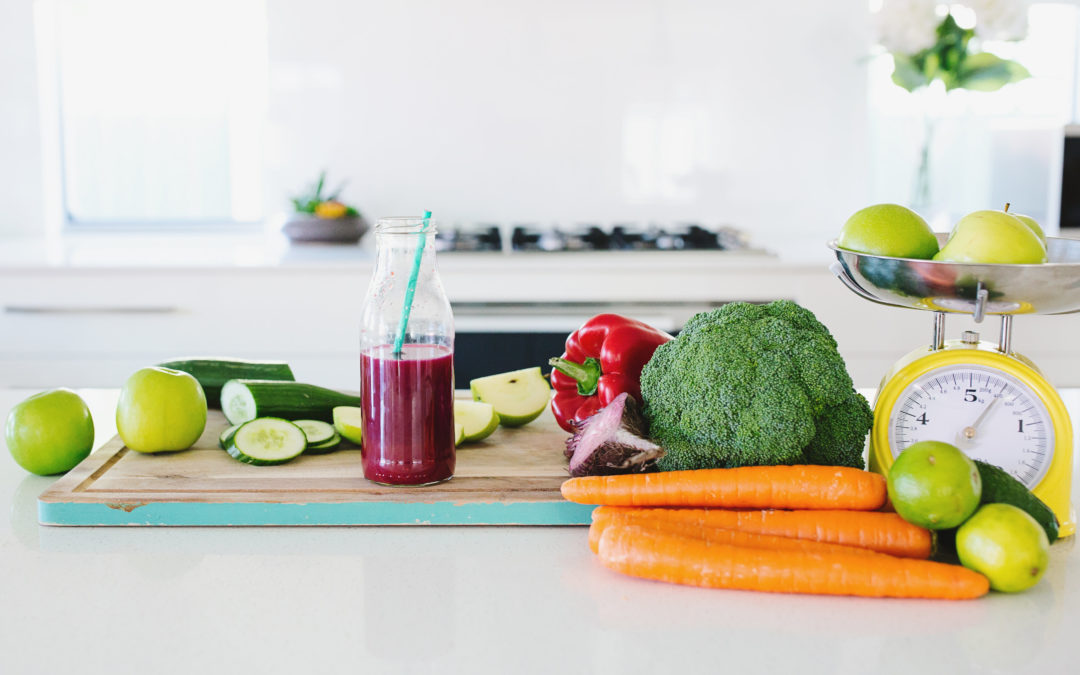Is the presence of acne getting you down?
As one of the most common skin diseases in the world affecting individuals from late childhood and further into adulthood, acne is a condition that manifests as a direct result of what is going on inside.
Through this article, we will find out how acne occurs and how we can prevent the occurrence from the inside out.
What is acne?
I am sure that you recognise acne when it presents on an individual’s skin. The red bumps that surface to the skin is often triggered by hormonal changes, however the pathogenesis is often more complicated (1).
In order to truly understand your acne flare-ups, it is important to understand how it develops. As a detoxifying process of the skin, your body produces a type of oil called sebum which removes dead skin cells. This gets carried from the base of a follicle to the skin’s surface. However, excess oil production, clogged skin cells, bacteria and inflammation may lead to ‘clogging up’ the skin’s pores. This manifests as red bumps that appear on the skin – a.k.a. pimples. Bacteria can also be caught in the skin’s pores, which results in pus at the head of the pimple as a result of the body’s reaction to the bacteria.
The excess production of sebum can be due to many factors, such as (2):
- Hormonal changes, as a result of puberty or adult hormonal imbalances
- Some medications
- Hair products
- Topical skin products, such as makeup and skincare
- Genetic factors
- Environmental factors
- High stress
- Certain foods present in your diet
It can be overwhelming to begin treating your acne as there are so many factors affecting it. However, it cannot be denied that there is a strong link between diet and acne – which is a factor we can alter in order to treat our skin from within.
The Link Between Skin & Diet
So, you eat a block of chocolate and the next morning your skin has presented several pimples on your face. This pattern has occurred before… But why does this happen?
When you eat foods high in sugar or high glycaemic foods such as white bread, white pasta and white rice, your blood sugar levels quickly rise as a result. Insulin is a hormone that gets released in response to high blood sugar levels which promotes excess oil to be produced by your glands. Hence, increasing the risk of acne.
Dairy is another controversial food that has been suggested to increase the incidence of acne (3). This is likely due to dairy stimulating the release of insulin-like growth factor 1 (IGF-1) which acts in 2 ways to increase sebum production:
- IGF-1 stimulates the release of androgens which increases sebum production,
- Additionally, IGF-1 directly stimulates sebum production.
Further, inflammatory foods such as sugar, deep-fried or high-fat foods and sugary drinks may increase the risk of acne through clogging skin pores (4). It has been theorised that the hormones in milk cause inflammation which contribute to the pathogenesis of acne (4).
Healthy Swaps for Reducing the Risk of Acne
When looking at diet in relation to the pathogenesis of acne, it can be quite stressful and overwhelming. That’s why, it is important to encourage healthy alternatives to swap out the foods that may be aggravating your acne.
1. Swap High-Glycaemic Carbohydrates for Low Glycaemic Carbohydrates.
Through swapping your high-glycaemic carbohydrates to low-glycaemic carbohydrates, you are reducing the rate at which sugar is released into your body. Examples of this include:
- Swap white bread to wholegrain or rye bread.
- Swap white rice to brown rice.
- Swap canned fruit to fresh fruit.
- Swap corn for peas.
- Swap mashed potato for mashed white beans.
- Swap white potato for sweet potato (with the skin on!).
2. Swap Inflammatory Foods for Anti-Inflammatory foods.
Inflammation in the body blocks our skin pores. That’s why, reducing inflammatory-causing foods is so important when looking at reducing inflammation in the body. Examples of this include:
- Swap deep-fried chips for homemade sweet potato chips.
- Swap coke or lemonade for sparkling water with fruit.
- Swap milk chocolate for 70% dark chocolate.
- Swap a take-away burger for a homemade burger.
- Swap processed meat for salmon.
3. Swap Dairy Milk to Alternatives.
This one is pretty self-explanatory – simply swap out your skim or full-cream milk with a dairy-free alternative such as almond, coconut, macadamia or soy milk. One factor to take note of is the calcium of plant-based milk alternatives as they are commonly not fortified. When looking for a sufficient milk replacement, ensure it is fortified with approximately 130g of calcium per 100 ml.
The bottom line.
Acne can be a frustrating and upsetting condition – especially if you are continually dealing with it as an adult.
The good news?
Acne breakouts are a reflection of what is going on in the body, which can be alleviated by making the right dietary changes and treating the root cause. If you need additional help with your acne, book an Initial Nutrition Consultation so we can best support your skin health.
Written by:
Mollie Caughey-Wade,
Clinical Nutritionist (BSc).


